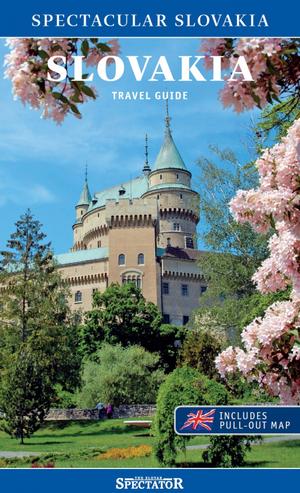This article was prepared for an edition of the Spectacular Slovakia travel guideand was published in the travel guide Slovakia.
Sitting less than 30 kilometres outside Bratislava, the town of Modra deftly melds old and new, with remnants of its centuries-old fortification scattered among the town’s more modern homes.
 A helping hand in the heart of Europe offers for you Slovakia travel guide.
A helping hand in the heart of Europe offers for you Slovakia travel guide.
The outskirts of the town promise little in terms of interesting sites to visit, but moving close to the town centre is worth an afternoon.
Wine-production and ceramics, pastimes still practiced in Modra, hold important places in the town’s cultural history, and the former served as the town’s main economy as far back as the 14th century. Over the centuries, the town has seen numerous notables pass through, with Ľudovít Štúr’s stay honoured by his statue and museum which are both still accessible on the main square.
Just a few minutes’ walk from the square stands the Upper Gate, which is the last remaining town gate belonging to Modra’s former defence structures. Even those with only the mildest interest in history should see Modra’s mediaeval fortification systems, parts of which can be found throughout the town centre.
Remnants of the fortification wall itself, built over the years from 1610 and emulating a Hungarian model, pop up unexpectedly and often in residential areas, giving the town an old-world charm.



 The main road in Modra is named after Ľudovít Štúr (in the picture). Visitors to this town can, however, discover several places named after Štúr. (source: The Slovak Spectator)
The main road in Modra is named after Ľudovít Štúr (in the picture). Visitors to this town can, however, discover several places named after Štúr. (source: The Slovak Spectator)